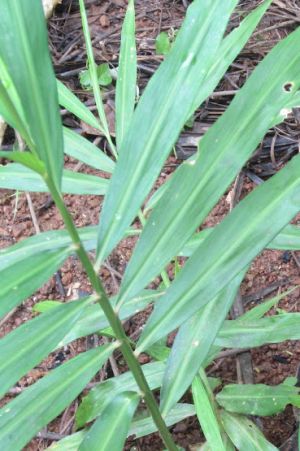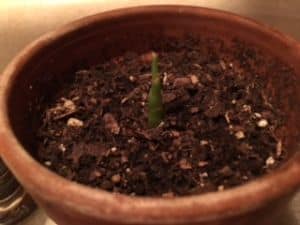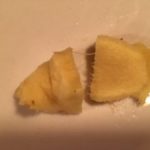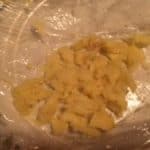
Ginger – Zingiber officinale
Horticulturists know it as Zingiber officinale or common ginger, ginger root. This variety of ginger produces the thick rhizomes that we use as a spice for eating or use for drinks.
Ginger originated in China and has many health benefits such as treating nausea, reducing muscle pain, soreness and as an anti-inflammatory aid to name a few. It can be consumed ground, fresh or in cut form.
To grow your own ginger plant, start by division. Use pieces harvested from fresh grocery store ginger right out of the produce section. While you can propagate ginger through cuttings, division is the simpler, easier method.
Pick the freshest, smoothest ginger root possible as opposed to wrinkled, dry roots. Break off a piece that appears to be trying to grow. It will look like any other plant bud. Plant it one or two inches below the soil in a pot of rich, organic potting soil and put it outside during the summer. Keep moist and plant in shade garden in our area but morning sun is good, also. After the plant has sprouted, set it out in its permanent location.
The plant is rather unremarkable in appearance with thin dark green leaves. Z. ‘Midnight’ produces large black lacquered leaves and grows well in humus soil. It gets about three feet tall and as it grows it spreads out producing yellow flowers fading to peach.
Harvest the roots of this plant every 2 years after the foliage has died back in the fall or early winter. Dig the roots out and scrub them with a vegetable brush.

The root of this plant can be dried and powdered or can be used fresh. Cut up the rhizome for teas and cooking. Ginger is fibrous and has a sweet but spicy flavor. I drink some every night added to my green tea and mint tea with some honey. Strain fibers for drinks and as needed. Ginger spice is used in many American recipes such as gingerbread or cookies and is even used to make ginger ale. It is easy to peel the skin by scrapping down with the back of a spoon or you can freeze the roots whole with the peel on. Then when you need some for a recipe, cut or grate off the amount needed and return the rest to the freezer. Ginger goes well in many Asian dishes as well as East Indian recipes.
submitted by Karen Blackburn




